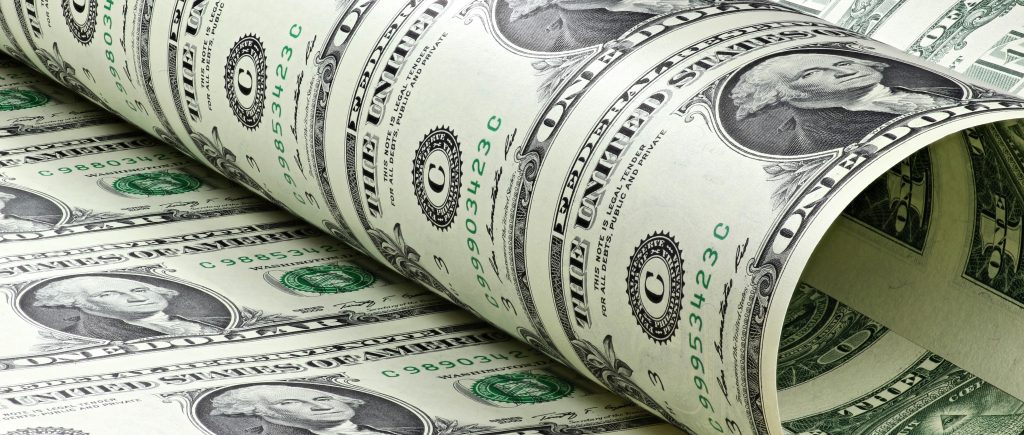The US Dollar is finding its footing after a turbulent week, as global trade dynamics and political pressures shape market sentiment. On July 23, 2025, the currency stabilized following a sharp three-day decline, buoyed by a landmark $550 billion trade deal with Japan that eased fears of escalating trade wars. However, ongoing uncertainties in negotiations with other nations and sharp criticism of Federal Reserve Chair Jerome Powell are keeping investors cautious, leaving the Greenback vulnerable.
The US Dollar Index (DXY), which tracks the dollar against six major currencies, hovers below 97.50, down 1.10% this week after retreating from a four-week high. Traders are pausing to assess the impact of recent trade developments, particularly the US-Japan agreement announced by President Donald Trump. Described as “perhaps the largest deal ever made,” it slashes proposed tariffs on Japanese goods from 25% to 15% and secures a $550 billion investment from Japan into the US, with 90% of profits expected to bolster American industries. Trump touted the deal’s potential to create “hundreds of thousands of jobs” and open Japanese markets to US exports like cars, trucks, rice, and agricultural products, averting a looming August 1 tariff deadline.
This agreement has sparked cautious optimism, raising hopes that similar deals could be struck with other trading partners. However, unresolved talks with India and the European Union keep uncertainty alive. Negotiations with India have stalled over agricultural and dairy disputes, dimming prospects for a deal before the tariff deadline, while EU Trade Commissioner Maros Sefcovic’s visit to Washington aims to avert 30% tariffs on European goods. Meanwhile, a 19% tariff on Philippine imports was announced, with the US gaining zero-tariff access for its goods in return. Indonesia also saw reduced tariffs from 32% to 19%, though transshipped goods face a 40% rate, with Indonesia eliminating tariffs on 99% of US exports. A tariff truce with China may extend past August 12, with Trade Secretary Scott Bessent set to meet Chinese officials in Stockholm next week.
Adding to market jitters, political pressure on the Federal Reserve has intensified. President Trump renewed attacks on Chair Jerome Powell, calling him a “numbskull” and hinting at his replacement within eight months. In contrast, Bessent defended Powell as a “good public servant,” suggesting he should complete his term until May 2026. This clash has reignited concerns about the Fed’s independence, unsettling investors.
Economic data further clouds the outlook. June’s Existing Home Sales dropped 2.7% to an annualized 3.93 million units, missing forecasts of 4.01 million, as high mortgage rates and a record median home price of $435,300 sidelined buyers. This marks the 24th consecutive year-over-year price increase, highlighting ongoing housing affordability challenges. Investors now await Thursday’s flash Purchasing Managers Index (PMI) data from the US, Eurozone, and UK, which could signal economic resilience or weakness and influence rate expectations.
From a technical perspective, the DXY lingers near 97.40, testing a falling wedge pattern’s upper boundary, now acting as resistance after a prior breakout. The 9-day Exponential Moving Average at 97.84 caps upside potential, while the Relative Strength Index at 42.50 signals fading momentum. A failure to reclaim 98.00 could push the index toward support at 96.70-96.50, while a breakout above the wedge might revive bullish momentum.
As trade deals reshape global markets and political rhetoric tests economic stability, the US Dollar’s path remains uncertain. Investors are bracing for PMI data and further trade talk developments, which could either bolster the Greenback or deepen its retreat.

 Noor Trends News, Technical Analysis, Educational Tools and Recommendations
Noor Trends News, Technical Analysis, Educational Tools and Recommendations




